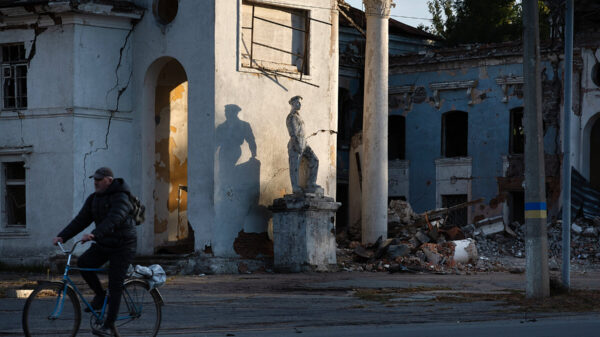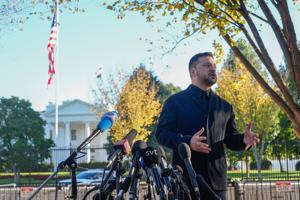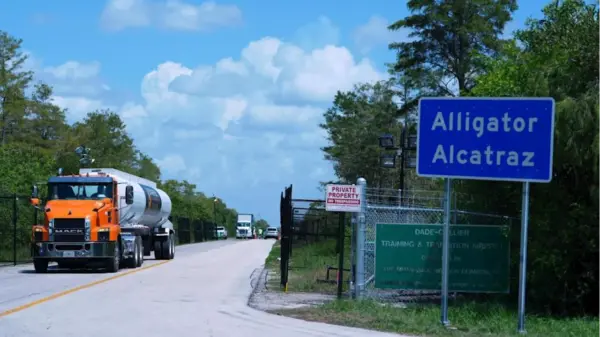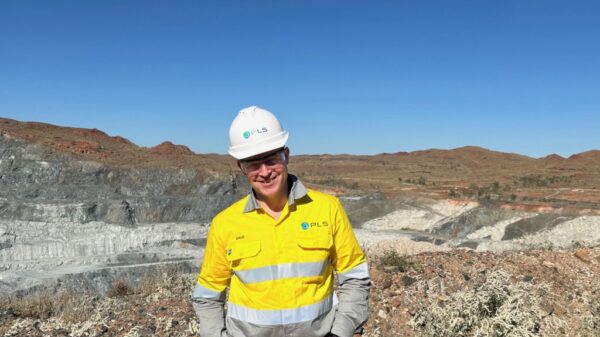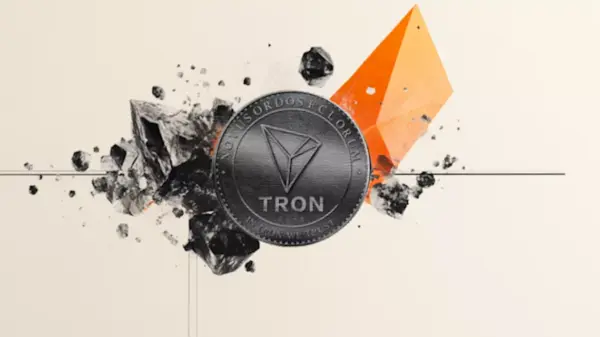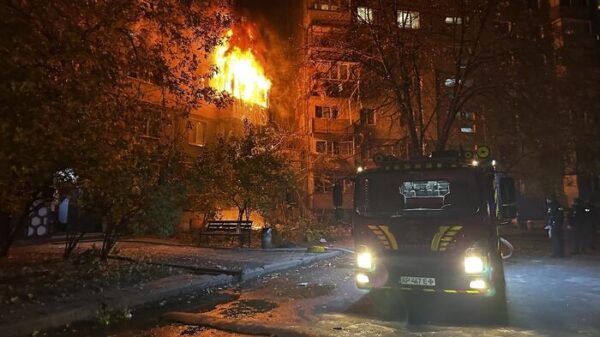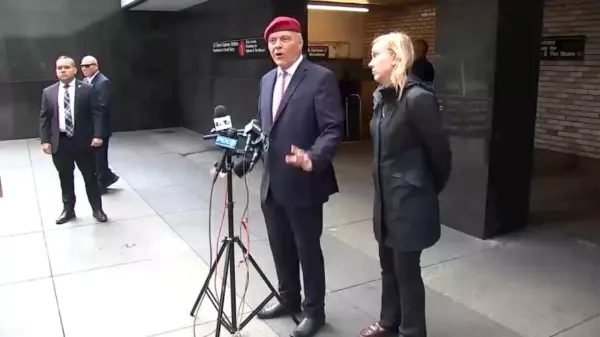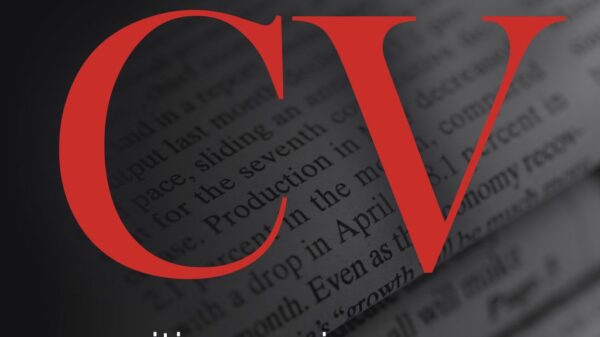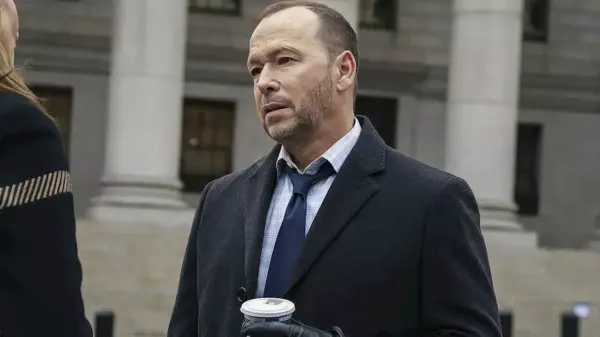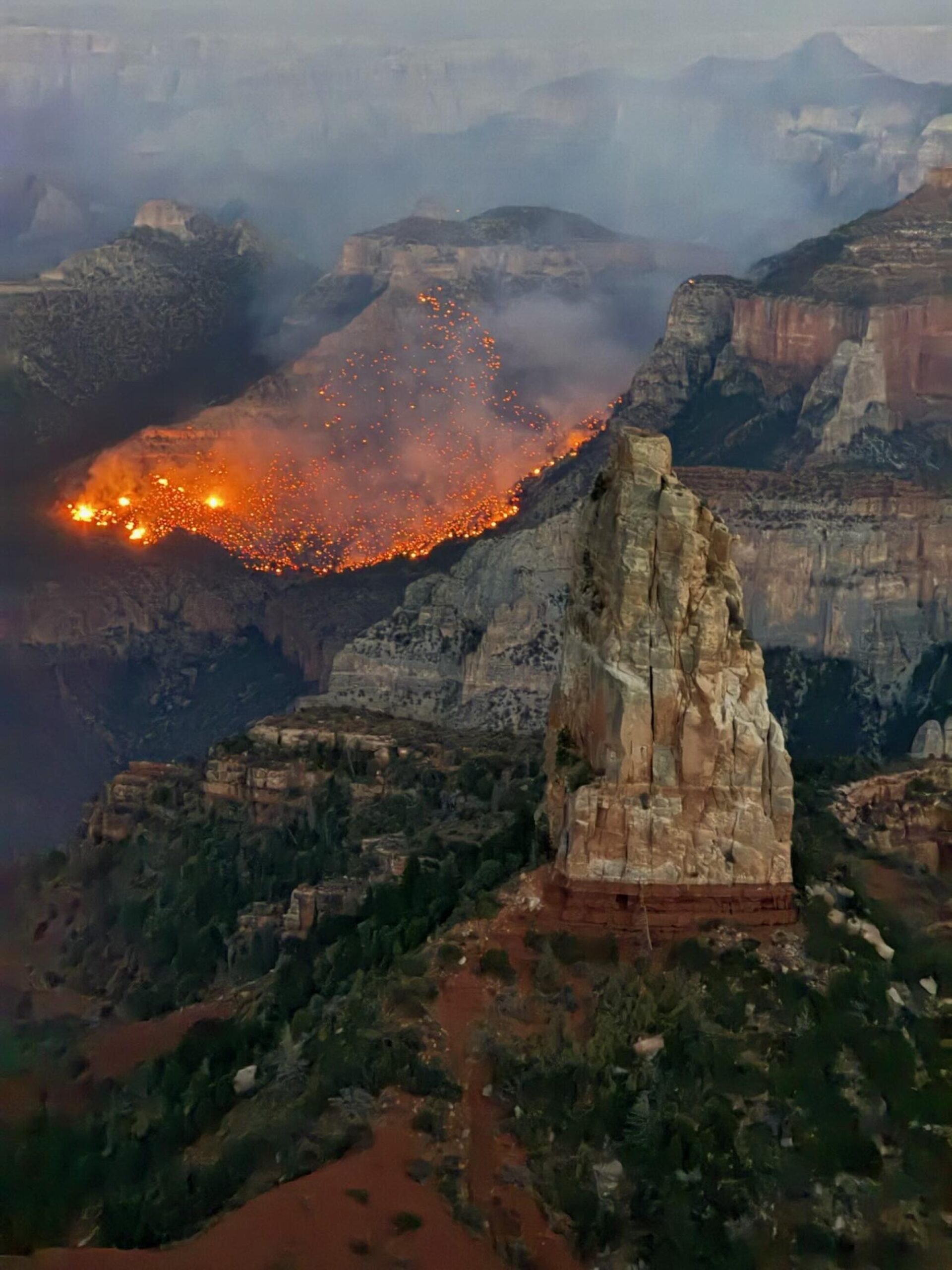A recent fire in the Grand Canyon National Park escalated from a controlled burn into a catastrophic megafire, raising significant concerns about wildfire management strategies in the United States. What began as a small fire sparked by lightning on the remote North Rim turned into a devastating blaze, known as the Dragon Bravo fire, which has burned over 145,000 acres and is currently 63% contained.
Initially, park officials viewed the fire positively, adhering to modern fire management principles that advocate for the natural role of fire in maintaining ecological health. Instead of immediate suppression, they constructed containment lines and allowed the fire to burn, believing it would help rejuvenate the landscape. This approach reflects a shift in wildfire management, as the prevailing wisdom now acknowledges that fire can reduce dry fuels and enrich the soil. However, a sudden increase in wind on July 11 caused the fire to breach containment lines, leading to its rapid expansion.
A park employee, speaking anonymously due to concerns over retaliation, described the chaos as the fire surged. “By 9 p.m., there was nothing we could do. Embers were raining down everywhere and everything that could burn was burning,” they stated, highlighting the urgency of the situation. The uncontrolled flames destroyed approximately 70 structures, including the historic Grand Canyon Lodge, originally designed by architect Gilbert Stanley Underwood in 1928.
In the aftermath, the rapid progression of the fire has drawn scrutiny from Arizona’s political leaders. Both Democratic senators and Governor Katie Hobbs have called for investigations, questioning the decision-making process that allowed the fire to grow unchecked during a particularly dry and hot season. Hobbs emphasized the necessity for “intense oversight and scrutiny” into the federal management of the fire.
The implications of this incident extend beyond immediate damage, as it poses a significant challenge to the narrative surrounding “good fire” practices. According to Stephen Pyne, an environmental historian at Arizona State University, the situation raises fears that this one catastrophic event could undermine years of advocacy for controlled burns. “I hope one very bad fire won’t be used to destroy a good policy,” he commented, reflecting a broader concern among environmentalists and wildland firefighters.
The concept of intentionally allowing some fires to burn is rooted in a historical understanding of fire ecology. Before European settlement, the natural landscape of the American West regularly experienced fire, which played a crucial role in maintaining the health of forests and grasslands. Indigenous peoples also utilized fire as a tool for managing the land. However, modern firefighting policies have often prioritized suppression, complicating efforts to reintegrate fire into land management practices.
Despite the rationale behind controlled burning, the unpredictability of weather conditions poses ongoing challenges. The recent fire’s sudden shift was exacerbated by the region’s prolonged drought, with the Arizona Department of Water Resources noting that conditions from July 2020 to June 2025 rank among the driest and warmest on record.
Former fire chief Riva Duncan highlighted other potential contributing factors to the fire’s escape, including cuts to federal resources that may have reduced the effectiveness of fire weather forecasting. “If they weren’t getting accurate weather predictions in Arizona, that would be a really big deal,” she noted, emphasizing the need for robust support systems in fire management.
As investigations into the Dragon Bravo fire continue, the focus will likely be on identifying specific failures in the decision-making process. Experts caution against overreacting to this incident, advocating for a balanced approach that recognizes the ecological benefits of fire while ensuring effective management practices. “Let’s not throw the baby out with the bathwater,” said Len Nielson, a chief in the California Department of Forestry and Fire Protection.
The outcome of these investigations could determine the future of wildfire management policies, particularly as the nation grapples with increasingly severe fire seasons. The Grand Canyon incident serves as a critical case study in the complexities of fire management, illustrating both the challenges of modern ecological practices and the urgent need for effective strategies to mitigate wildfire risks in a changing climate.







